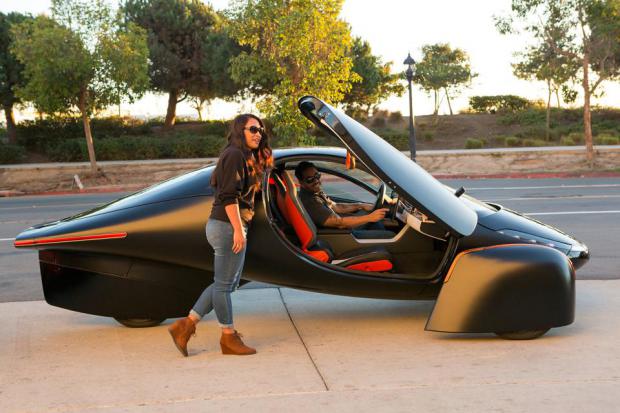
Breaking News
6.8 SPC vs. 300 Blackout: Powering Up the AR Platform
 Autism Study By McCullough Foundation Begins New Era of Free Scientific Inquiry
Autism Study By McCullough Foundation Begins New Era of Free Scientific Inquiry
 REVOLUTION DAY 8: Libertarians JOIN The Revolution
REVOLUTION DAY 8: Libertarians JOIN The Revolution
 US Government and Westinghouse $80bn Nuclear Reactor Deal
US Government and Westinghouse $80bn Nuclear Reactor Deal
Top Tech News
 Graphene Dream Becomes a Reality as Miracle Material Enters Production for Better Chips, Batteries
Graphene Dream Becomes a Reality as Miracle Material Enters Production for Better Chips, Batteries
 Virtual Fencing May Allow Thousands More Cattle to Be Ranched on Land Rather Than in Barns
Virtual Fencing May Allow Thousands More Cattle to Be Ranched on Land Rather Than in Barns
 Prominent Personalities Sign Letter Seeking Ban On 'Development Of Superintelligence'
Prominent Personalities Sign Letter Seeking Ban On 'Development Of Superintelligence'
 Why 'Mirror Life' Is Causing Some Genetic Scientists To Freak Out
Why 'Mirror Life' Is Causing Some Genetic Scientists To Freak Out
 Retina e-paper promises screens 'visually indistinguishable from reality'
Retina e-paper promises screens 'visually indistinguishable from reality'
 Scientists baffled as interstellar visitor appears to reverse thrust before vanishing behind the sun
Scientists baffled as interstellar visitor appears to reverse thrust before vanishing behind the sun
 Future of Satellite of Direct to Cellphone
Future of Satellite of Direct to Cellphone
 Amazon goes nuclear with new modular reactor plant
Amazon goes nuclear with new modular reactor plant
 China Is Making 800-Mile EV Batteries. Here's Why America Can't Have Them
China Is Making 800-Mile EV Batteries. Here's Why America Can't Have Them
Aptera Solar-Powered Car With '1,000-Mile' Range Gets 7,000 Preorders for Delivery in 2021

On February 18, Aptera Motors announced a $4 million Series A round of financing—and also 7,000 reservations of their new electric vehicle, worth a total of $250,000.
The Aptera electric trike has three wheels, costs around $25,000, and contains 34-square feet of solar cells which generate electricity to power the car for most daily commutes.
It can be plugged in, of course, for rainy days or nighttime, but unlike basic EVs it needs just 15 minutes of charge to drive 150 miles without stopping. Even the simple act of leaving it parked in the sun for a day can provide 40 miles of range all on its own—the equivalent of your car refilling itself with two gallons of gasoline.
As part of a bid to get the car to market by the end of the year, Aptera has moved into a new production and design facility in San Diego, California.
An estuary is a unique environment where a large river mouth or river delta mingles with salty seawater—an apt comparison to the Aptera solar trike, which is an estuary of different technologies coming together, each complementing the other.
Despite looking as dramatic as any Pagani Zonda or Lamborghini, the tapered backside, aerodynamic body, and arched, dolphin-like undercarriage are all designed to reduce drag.
In fact, the detail paid to the reduction of drag and energy use borders on obsessive. But it's through this ultra-efficiency that solar power, a relatively limited form of electricity generation, can actually become a useful feature for powering a car.

 China Innovates: Transforming Sand into Paper
China Innovates: Transforming Sand into Paper

